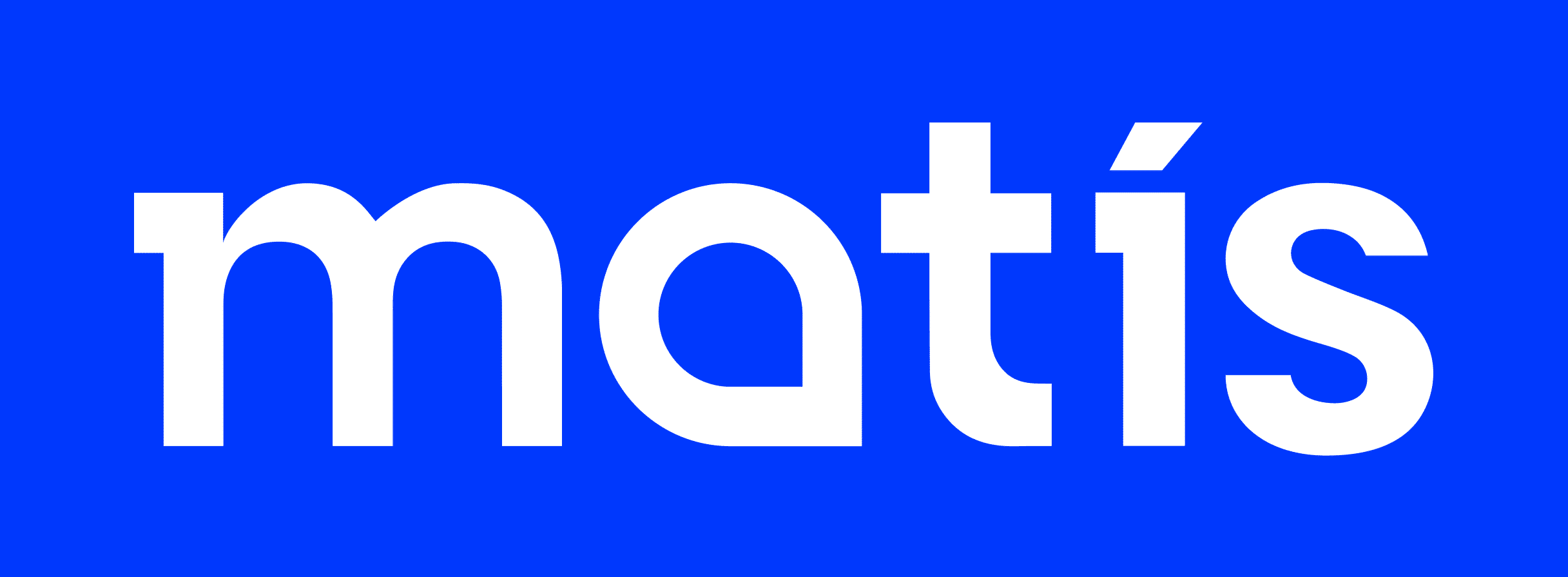Contact
Guðmundur Óli Hreggviðsson
Strategic Scientist
gudmundo@matis.is
Photoperiod and genetics of growth and maturity in cod (Gadus morhua)
One of the main problems of cod farming is premature puberty, which results in slower growth and a much longer rearing period. Preliminary studies carried out in pots on land indicated that a new type of light, the so-called CC light, which emits light of one wavelength (green light) had a much greater effect on growth (up to 60% growth increase) and timing of puberty than conventional halogen light. This study examined the role of genotype and expression of certain key genes in response to light cycles, the determination of premature puberty and the association with increased cod growth in aquaculture. It was investigated whether, body size, weight and premature puberty were familial traits. At the end of a six-month indoor spawning season with two types of lighting, one with white halogen light and the other with continuous CC light, the cod was warlike in sea cages. In the sea cages he was also subjected to different light cycle treatments on the one hand with continuous CC light and on the other hand with natural light. After two years of sea farming, the fish were slaughtered, the phenotype of growth and sexual maturity was determined and it was divided into sibling groups, a total of approx. 2000 fish from each treatment separately. It was found that CCL light had a clear effect on delaying puberty and was much more noticeable in hens. The gonads developed much more slowly and not at all to the full compared to cod raised during the natural light cycle at the same time. There was also some variation between sibling groups in the effect of light on the development of gonads. On the other hand, this delay in puberty did not lead to such a sensitive growth rate. The familial similarity of growth patterns was also examined and a clear difference in mean weight was found between sibling groups. Responses to CCL treatment, however, were very divergent and appeared to vary between sibling groups. CCL treatment appeared to increase growth rate in some groups but slow growth rate in others. This could vary by gender. It was also investigated whether pretreatment of broths with CCL light during the coastal spawning season made the cod more sensitive to the effects of CCL light at sea level. That did not turn out to be the case. Certain key genes in growth and puberty control were isolated, along with some or all of their infiltrates. These were growth hormone (GH) genes, growth hormone receptors, growth hormone releasing factor (GHRF) receptors and insulin-like growth factor receptor2 (IGF2) receptors. In the sequences of three of these genes, GH, GHR and IGF2, variable mutations were found and a method for genetic marking was developed based on these sequences. The effect of light cycles on growth expression was also assessed by measuring the expression of two of these genes, GH and GHR. The relative expression of GHR was not found to be greater in larger fish and no association was found between CCL delayed puberty and GHR expression. GH expression was also examined in fish at sea level. Significant differences in GH expression were measured at only one sampling point, early in the first year in the sea cages in the CCL-treated group. This increase did not occur in the corresponding changes in the staging characteristics of growth and puberty measured at the same time.
Light and photoperiod is a powerful environmental regulator of growth and sexual maturation in fish. Initial studies had indicated that a new type of lights, Cold Cathode ‐ lights (CCL), had much greater effect on growth and sexual development than white halogen light traditionally used in fish farming. In this study we investigated selected candidate gene expression in cod in response to CC ‐ light photoperiod treatment and possible genetic contribution to this response. This effect was evaluated by quantitatively comparing phenotypic traits under the different treatments. On December 2008 (“*”), significant differences were found fish farmed under natural light, in combination with gene expression studies and genotypic family assignments. After hatching the fish was reared from 6 months in indoor tanks under two different light regimes, white halogen light and CC ‐ light. The fish was then transported to sea cages and divided into two groups, one that received continuous CC ‐ light and another that received only natural light treatment. The fish was reared in these sea cages for an additional two years until harvesting. Approximately 2000 individuals from each treatment were genotyped and assigned to different full sib groups. Total body weight, length and gonadal weight were also measured for all individuals. Physiologically, the fish responded clearly to CCL treatment regarding maturity related traits, with less gonadal development in the CCL treated fish. The difference was substantial and the same trend could be observed in all families. The degree of response however differed somewhat between families to some which may signify underlying genetic differences. The effect of CCL treatment on growth related traits was less clear. Apparent growth responses to CCL treatment varied greatly between families and they appeared to be either negative or positive, depending on family and sex. Opposite effects were even observed within families on different sexes. In this project genes associated with growth and maturity were retrieved partly or completely from cod (Gadus morhua). These genes were: Growth hormone (GH), growth hormone receptor (GHR), growth hormone releasing factor (GHR F) and insulin like growth factor 2 receptor (IGF2R). A number of their introns were also obtained and variable microsatellite regions could be identified in intron regions of three of these genes, GH, GHR F, and IGF2R. A method was developed based on the GH and GHR gene sequences to amplify and evaluate expression of these genes in different tissues of cod. GHR expression levels were measured at different sampling points both during the indoor stage where different size groups and treatments were compared and at the outdoor stage where different light treatments were mainly compared. Differences in expression levels between different size groups and between different light treatment groups were insignificant. The light influence is on the GH gene expression, was only observed in the beginning of March early at the sea cage stage and could not be associated with increased growth or delayed reproductive development. The CCL (Cold ‐ Cathode Light) has a single green wavelength that diffuses more effectively throughout the water column than white light. It may therefore mask natural light more efficiently. Still it may be necessary to train fish for the CCL lights and at the indoor stage one half of the juveniles received CCL treatment before transportation to the sea cages. When imprinted and not imprinted were compared negligible difference in gonadal development were, however, observed strongly indicating that prior imprinting to sea cage rearing had no effect.







